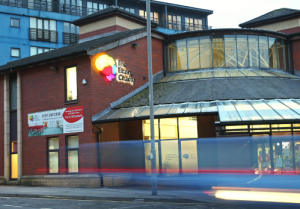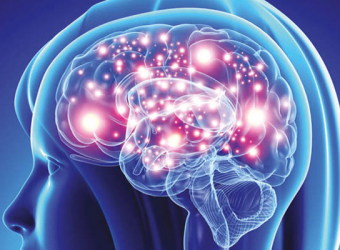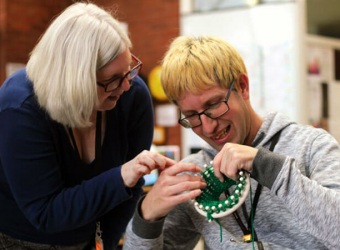What is arteriovenous malformation (AVM)?
An AVM is a tangle of blood vessels which connect arteries and veins in abnormal ways.
AVMs can occur in the brain, spine, lungs, kidneys and the skin.
Many are small and do not cause issues, but if they grow they can cause problems. They can also put pressure on the heart and damage body tissue which isn’t getting the blood supply it needs.
If the AVM ruptures, it can cause a brain haemorrhage or stroke.
What causes arteriovenous malformation?
People are usually born with an AVM. To diagnose this condition, your GP will take note of your symptoms and you will undergo CT and MRI scans.
If the AVM cannot be managed with regular scans, your doctor may refer you for coiling surgery or a craniotomy to disconnect the AVM.
What are the symptoms of arteriovenous malformation?
It is common to experience no symptoms at all. However, symptoms of an AVM may include:
- Speech and sight problems
- Bleeding in the skull
- Seizures
- Headaches
- Muscle weakness




















